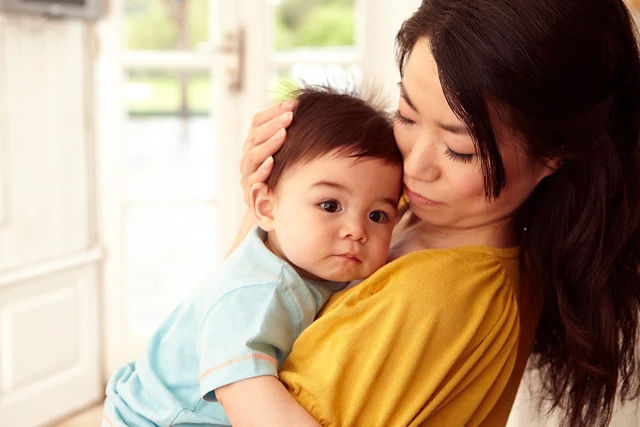Parents, we've all been there. You change your baby's nappy, and then… there it is. A masterpiece of sorts, but one that raises a hundred questions. Is that poo colour normal? Should it be that runny? Why does it look like… that?! and instinctively reaching for your phone. Well, forget the frantic searching. Aptaclub has a new AI-powered tool that helps you decode your baby's poo. It's called the Aptaclub Poo Checker, and it's designed to give you peace of mind, one nappy at a time. So, if you've got questions about your baby's poo, you can just Poogle It!
No more whispering about nappy contents or sending questionable photos to your best friend. This tool is here to empower you with information, drawing on our 50 years of scientific expertise in infant nutrition and immune system1. Let's dive into the fascinating (and sometimes baffling) world of baby poo and learn what typical and normal baby stool looks like2.
Understanding your baby's poo is a bit like learning a new language – the language of their gut. What comes out tells a story about their diet and what’s going on inside, from how they're digesting their feeds to patterns that might point to how their body is handling certain foods. For parents, baby bowel movements and gut-health are a constant topic of conversation, and for good reason. They are a primary indicator of your baby’s well-being3, 4.
We're going to break down the common types of baby poo you'll encounter, what's typical for newborn poo and older babies, and when it's time for a chat with your GP or paediatrician.







